Tuileries Garden
Strolling around the Tuileries Garden, the royal garden created by Catherine de’ Medici in the mid 16th century can keep you entertained not only as a lush green retreat with well kept grass and colorful gardens, tall trees and healthy atmosphere. The Tuileries Garden is a vibrant open air museum that works in perfect harmony with the Louvre, as an access free public exhibition garden with a series of sculpture masterpieces that are worth seeing.
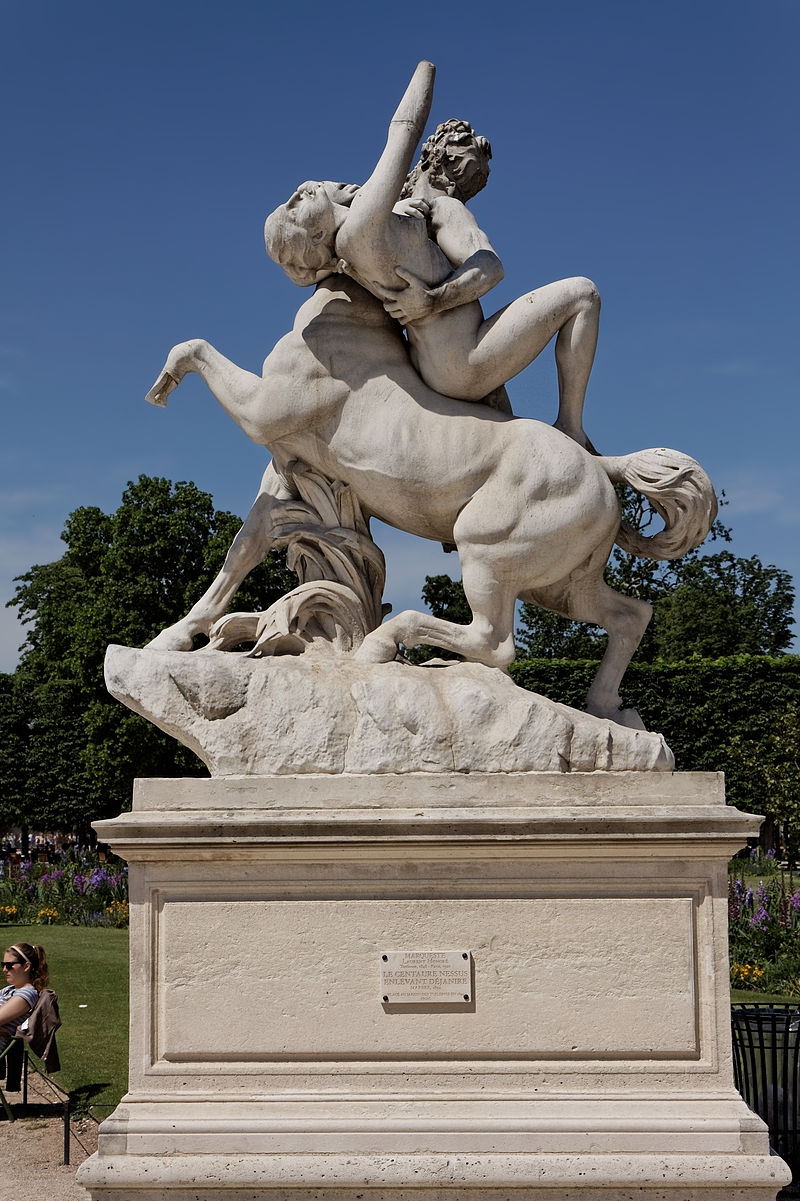
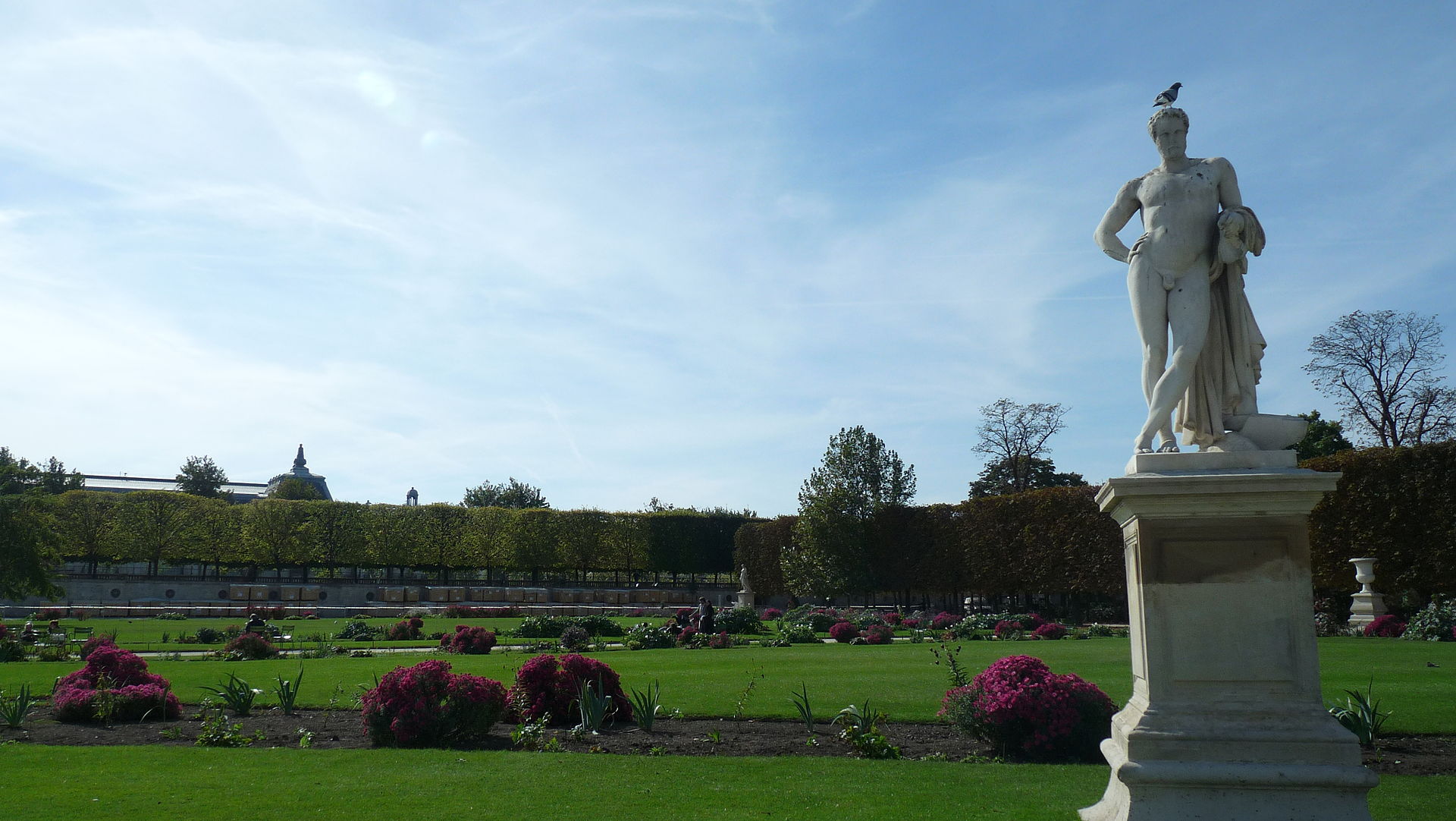
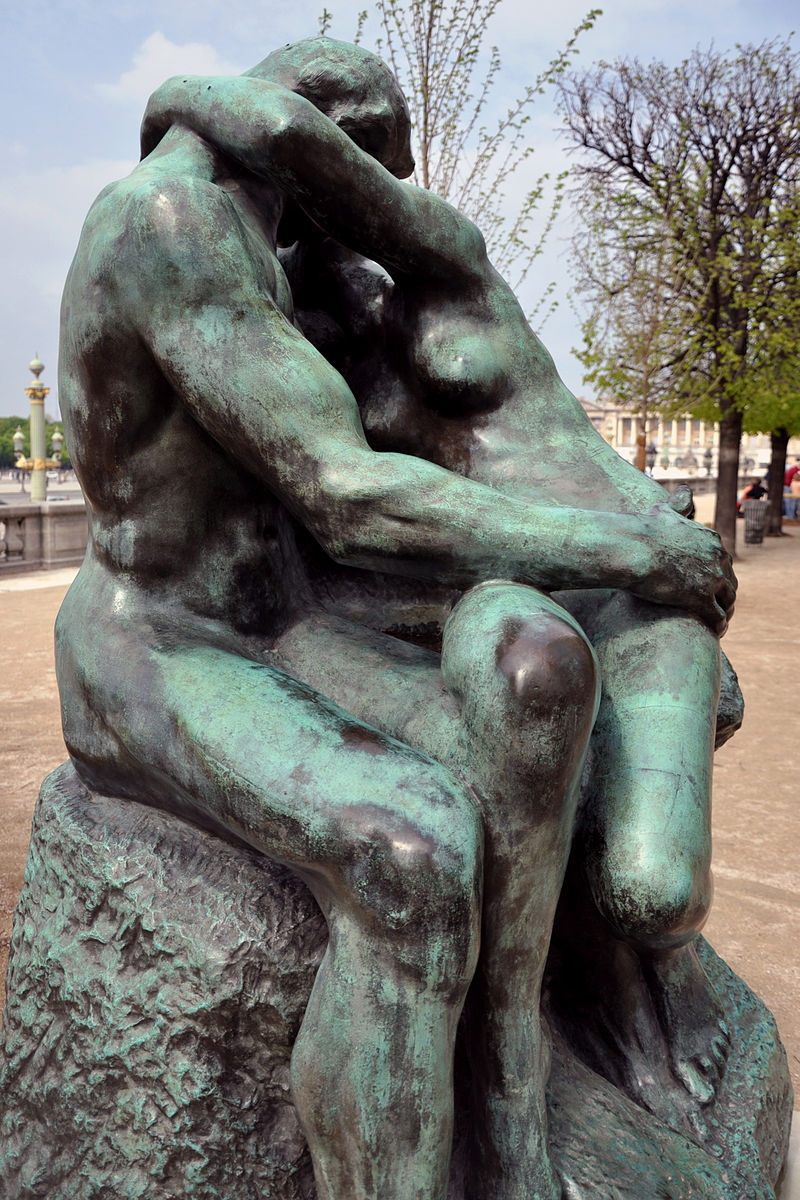
Whether by one of its water ponds and fountains in the summer or inside its Christmas market during the winter holidays this is a favorite spot for both Parisians and tourists alike. Besides its permanent magnificent sculpture collection and temporary exhibitions that are also an integral part of the garden, its cafes and restaurant and its carousel, there is also a Ferris wheel that offers great city views from for a very reasonable price.
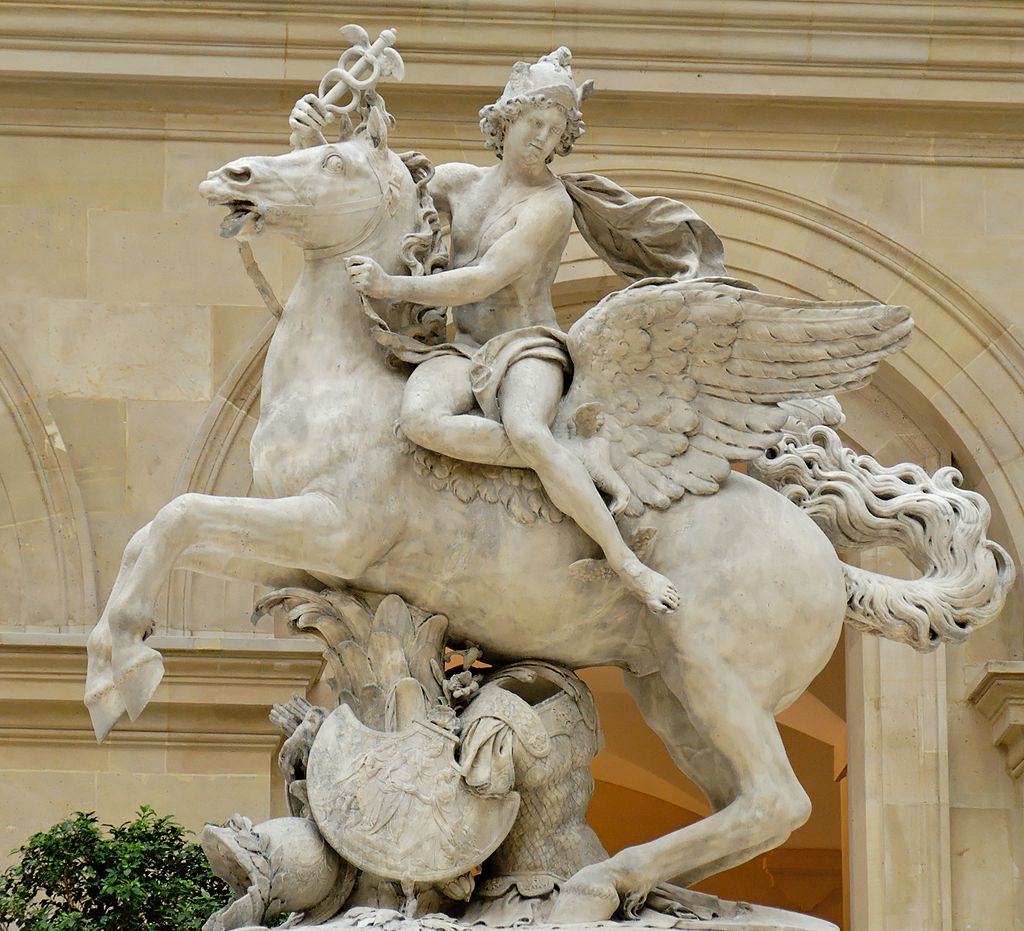
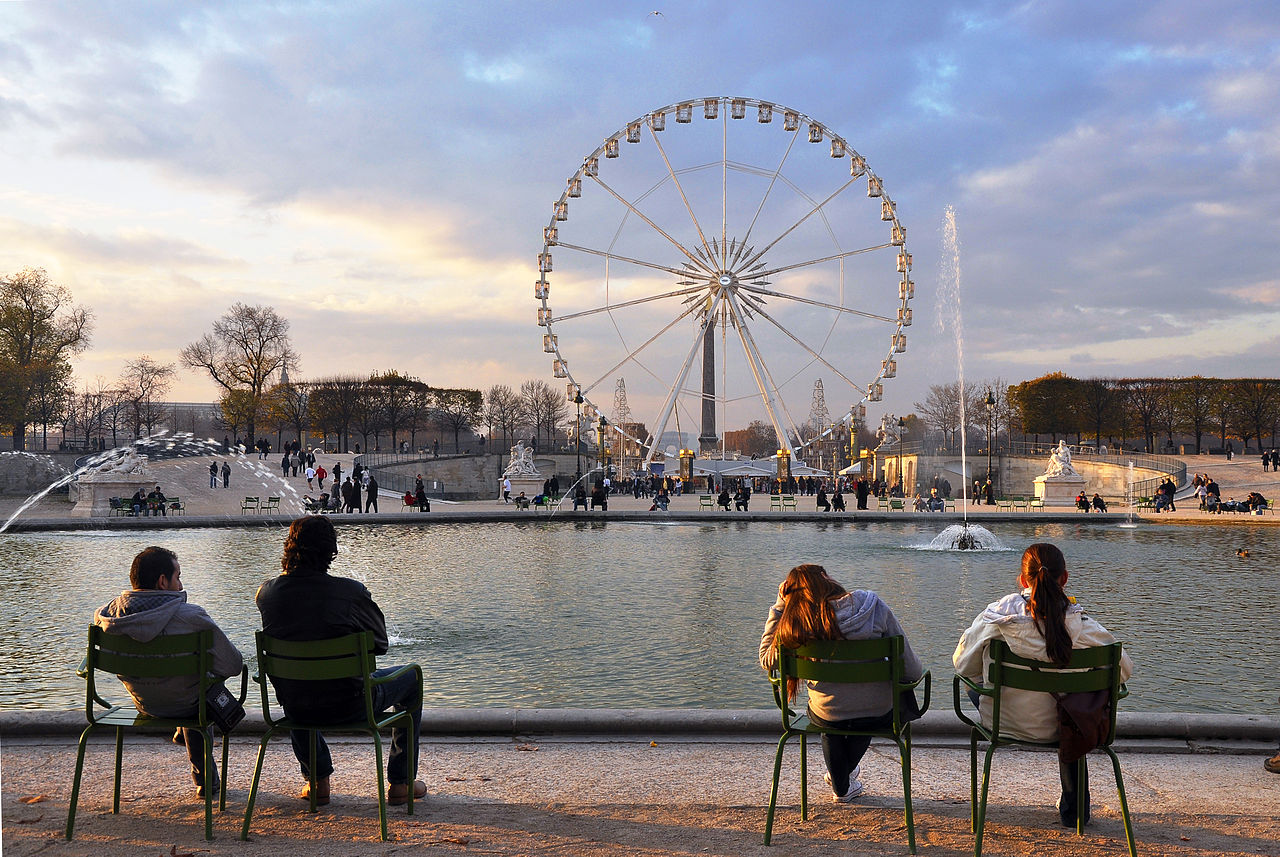
Just before you reach the Louvre to the east of the garden its most impressive feature, Arc de Triomphe du Carrousel, a triumphal arch constructed at the height of Napoleon’s Imperial might in the fashion of the Roman Imperial arch of Septimius Severus as a celebration of the emperor’s victories. The 19 meters high, 23 meters wide and 7 meters deep arch is crowned by a chariot symbolizing peace, while beneath it, on the top of the eight columns, eight different soldiers of the Grand Army still stand proud.
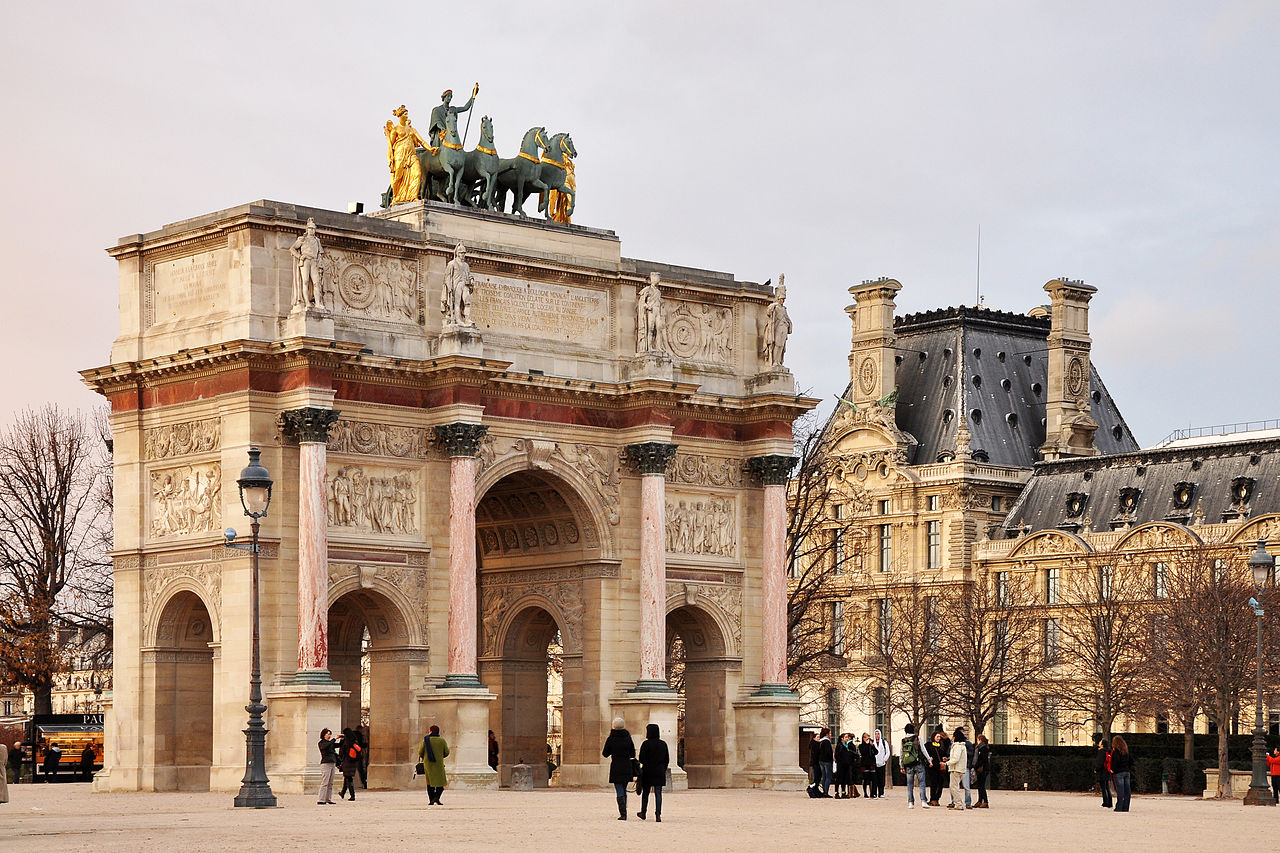
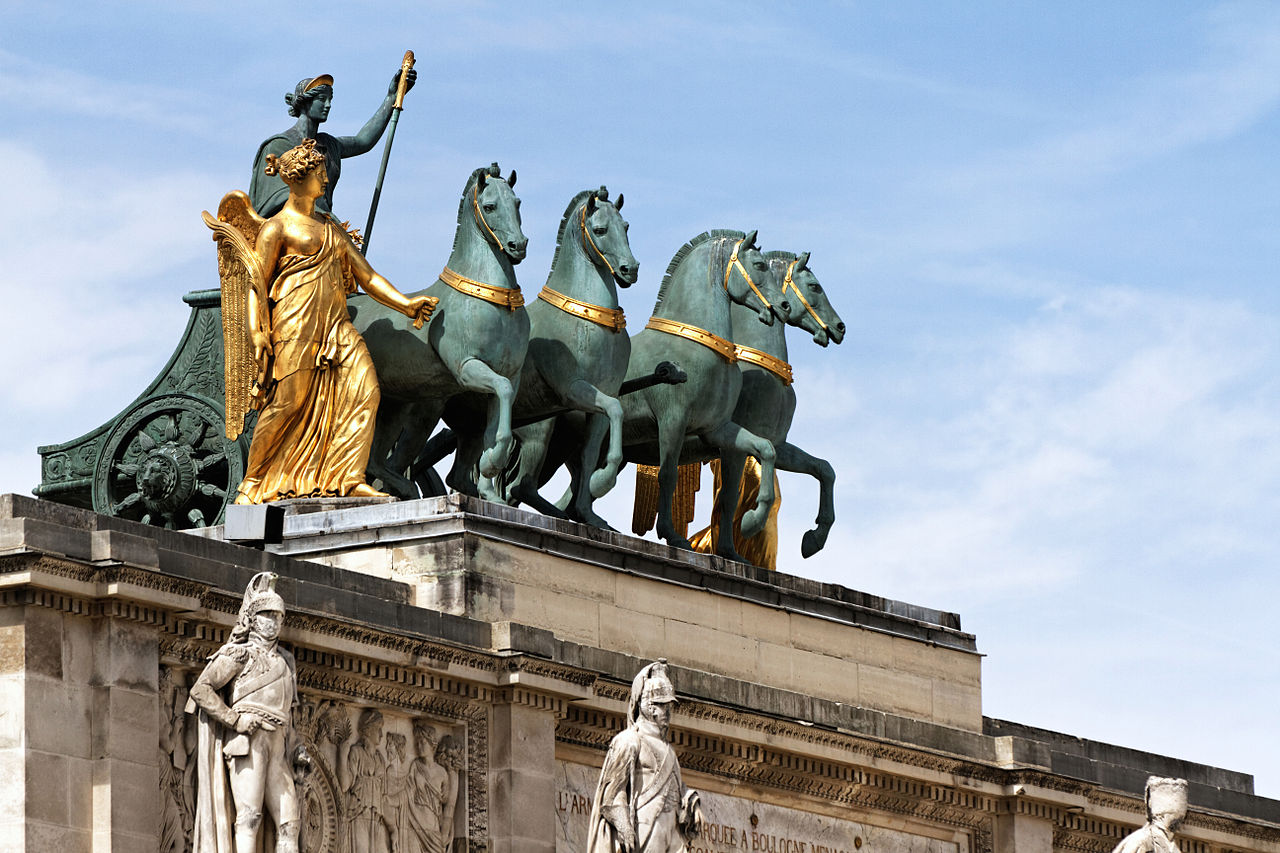
The arch was initially destined to be a monumental entrance to the Tuileries palace but after the palace was destroyed in 1871 it was agreed that the arch stood well on its own in a perfectly aligned axis with the center-line of the Champs-Élysées to the west. It must be noted that the horses of the initial chariot on top of the arch were the famous Horses of Saint Mark from Saint Mark’s Cathedral in Venice that had been seized by Napoleon in 1798. The horses that had also been looted by the Venetians after the fall of Constantinople in 1204 were returned back to Venice after Napoleon’s defeat by the Austrians.

